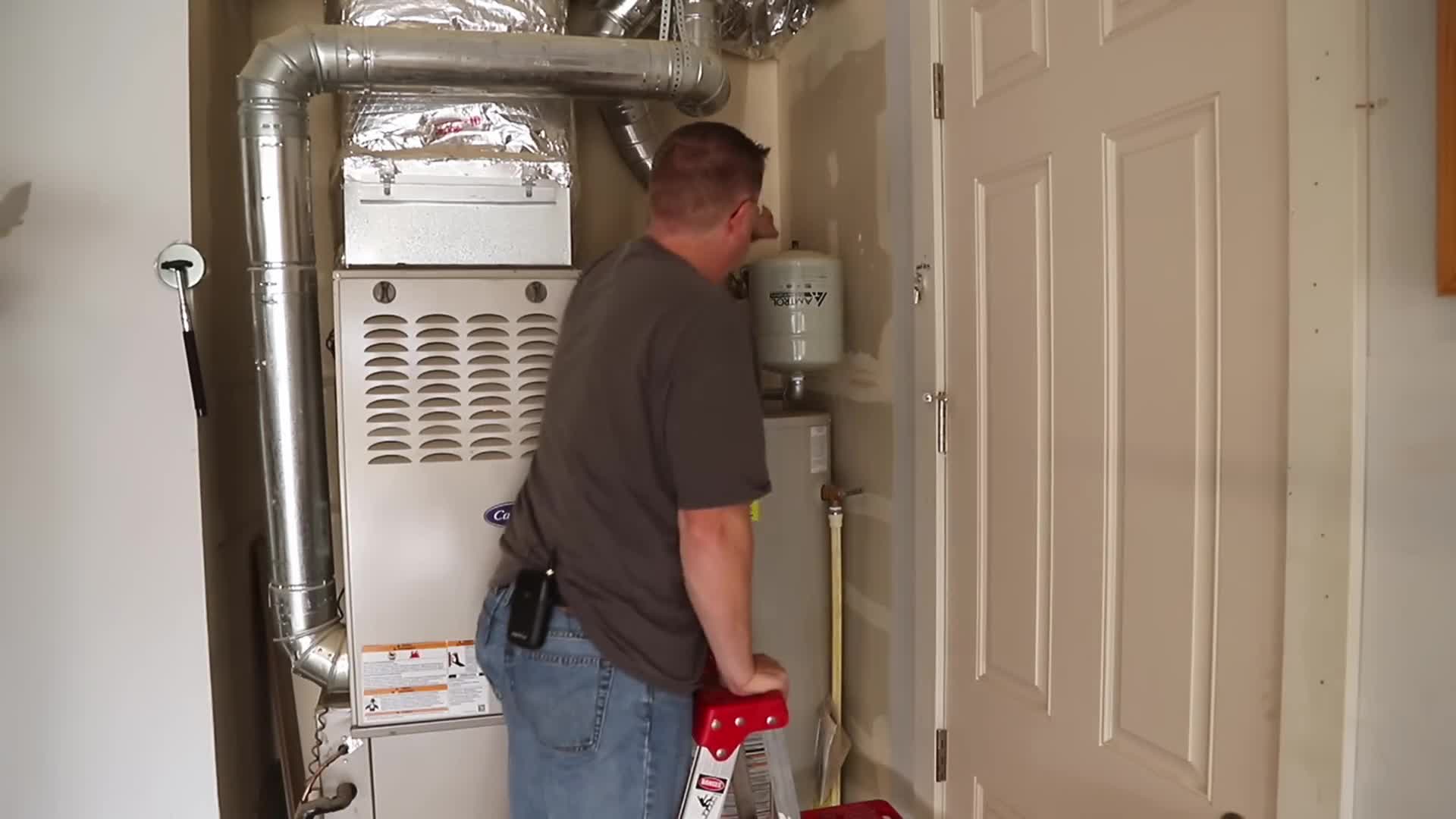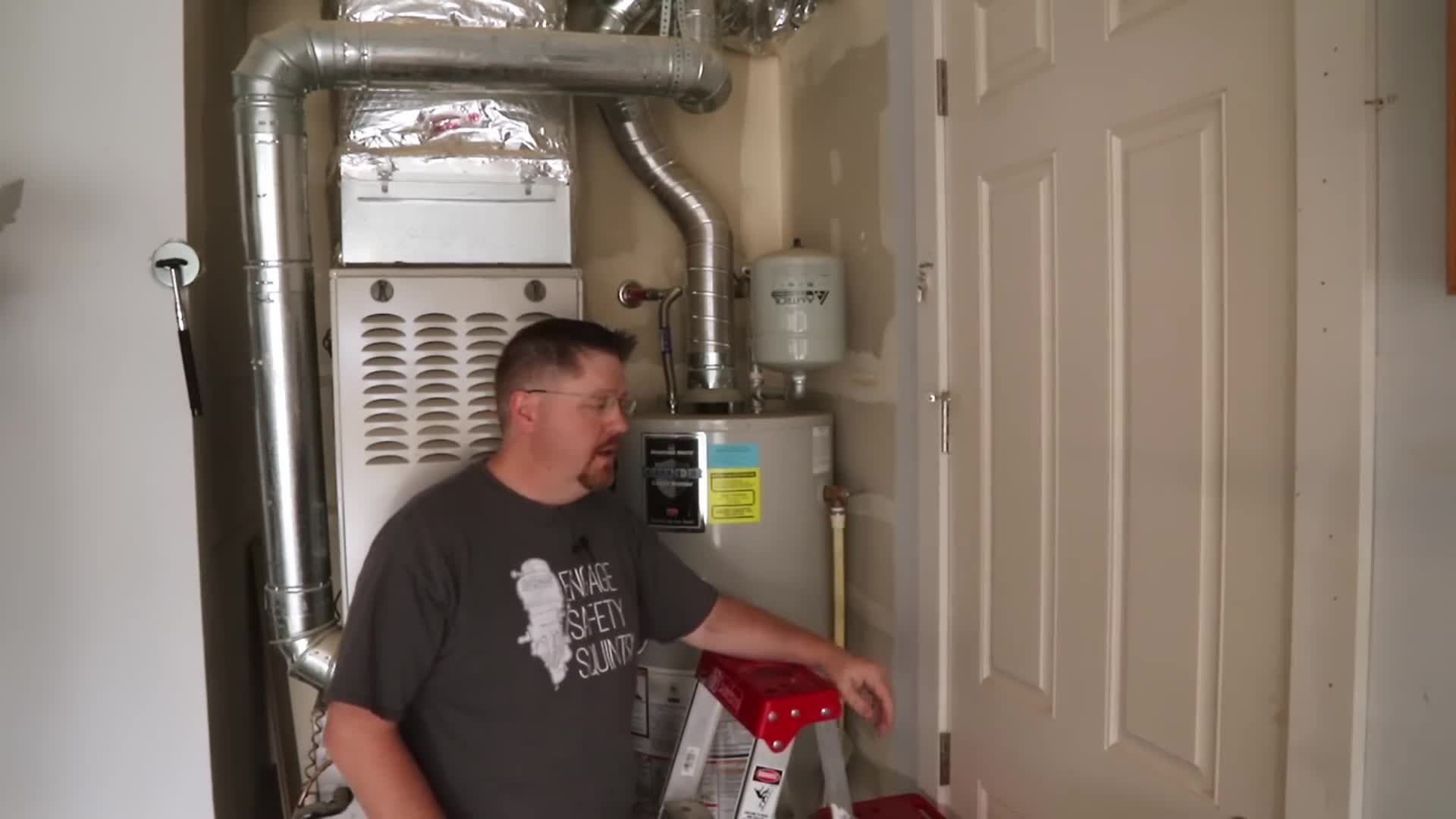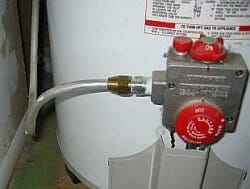Comprehensive Guide to Draining and Maintaining Your Hot Water Heater for Optimal Performance
Home » Plumbing » Water Heaters »
Understanding the Importance of Draining Your Hot Water Heater
Maintaining a hot water heater is crucial for its efficiency and longevity. Sediment build-up at the bottom of the tank can lead to decreased efficiency and, over time, might cause significant damage. This sediment can solidify, resembling a concrete mass, which is not only corrosive but can also eat through the metal of the tank, leading to leaks or even a complete failure. Therefore, it’s advised to drain your hot water heater annually to remove this sediment and prevent any future complications.
Initial Preparations for Draining Your Water Heater
The first step in the draining process involves turning off the heat source. For gas heaters, it’s as simple as adjusting the temperature settings to ‘Pilot’ or ‘Vacation’ mode, which effectively prevents the burner from activating during the draining process. This is a crucial step because if the heater tries to heat an empty tank, it could lead to melting and irreparable damage to the metal. Electric heater owners will need to locate the corresponding breaker and shut it off or unplug the heater from the wall outlet.
Setting Up for the Drain
Once the heat source is disabled, the next steps include shutting off the cold water supply to the heater and attaching a garden hose to the drain spigot located at the bottom of the tank. It’s important to ensure that the hose is attached securely but not overtightened to avoid damaging the threads. Preparing the water heater also involves enabling air to enter the system to aid in draining, which is typically done by opening a hot water faucet somewhere in the house.
Executing the Drain
With the preparations complete, you can begin to drain the tank. You’ll open the valve, allowing the water to flow out through the attached hose. Observing the quality of the water exiting the tank is essential. Initially, the water may appear clear, especially if the heater is relatively new or has been maintained regularly. However, as the tank continues to empty, you might start to see sediments in the water, indicating the cleaning process is working.
Agitating the Sediment
Draining is often not sufficient to remove all the sediment. Agitating the sediment by briefly turning on the cold water supply can help loosen and flush out sedimentation. This process might need to be repeated several times to ensure most sediments are expelled from the tank. Collecting the water in a bucket during these flushes can help you visually confirm that sediments are being removed effectively.
Additional Cleaning Steps
Following the initial drain and flush, further steps might be necessary to ensure the heater is as clean as possible. Filling the tank up completely and then draining it again can help agitate and remove any remaining debris. This step can be crucial for older tanks or units that have not been maintained regularly, as these might have more significant sediment build-up.
Final Steps and System Check
After the final drain, the tank should be free of visible sediment. The next steps involve closing the drain valve, removing the hose, and reopening the cold water inlet to refill the tank. It’s also vital to close the pressure relief valve at this stage to prevent any potential water spillage. Once the tank is filled, restore power to the heater and adjust the temperature settings to your preference. Finally, it’s advisable to open a hot water faucet in the house to remove any air trapped in the system, ensuring the system operates smoothly.
Regularly draining your hot water heater is an essential maintenance task that not only extends the life of the heater but also ensures it operates efficiently. By following these steps, homeowners can prevent the inconvenience and cost of premature heater failure due to sediment buildup. Additionally, this practice can contribute to safety by preventing overheating and potential damage to the heater’s structural integrity. In the event you do need to replace your water heater consider tankless water heaters to largely avoid this sediment buildup issue.







